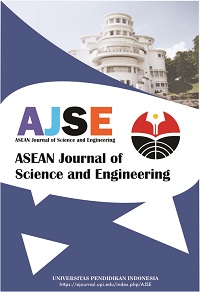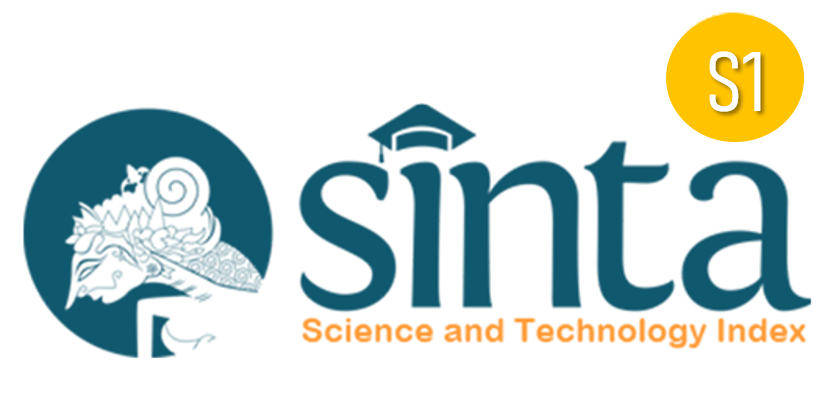Monitoring of air quality with satellite-based sensor: The case of four towns in Southeast, Nigeria
Abstract
Keywords
Full Text:
PDFReferences
Abulude, F. O., and Abulude, I. A. (2021). monitoring air quality in nigeria: the case of center for atmospheric research-national space research and development agency (CAR-NASRDA). Aerosol Science and Engineering, 5(4), 478-498.
Chendo, G. N., Okwara, M. O., Anyanwu, G. U., and Utazi, C. O. (2019). Analysis of the trends of climatic variables in Southeast Nigeria. International Journal of Current Research, 11(5), 3910-3913.
Kabamba, M., Basosila, N., Mulaji, C., Mata, H., and Tuakuila, J. (2016). Toxic heavy metals in ambient air of Kinshasa, Democratic Republic Congo. J Environ Anal Chem, 3(178), 2.
Nwaogazie, I. L., and Zagha, O. (2015). Roadside air pollution assessment in Port Harcourt, Nigeria. Standard Scientific Research and Essays, 3, 066-074.
Opara, A. I., Akaolisa, C. Z., Akakuru, C. O., Nkwoada, A. U., Ibe, F. C., Verla, A. W., and Chukwuemeka, I. C. (2021). Particulate matter exposure and non-cancerous inhalation health risk assessment of major dumpsites of Owerri metropolis, Nigeria. Environmental Analysis Health and Toxicology, 36(4), e2021025.
DOI: https://doi.org/10.17509/ajse.v3i1.43558
Refbacks
- There are currently no refbacks.
Copyright (c) 2022 Universitas Pendidikan Indonesia

This work is licensed under a Creative Commons Attribution-ShareAlike 4.0 International License.












